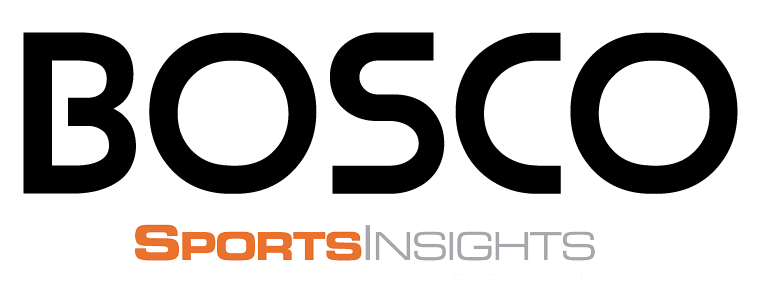Few sporting events capture global attention like the Olympic Games. Central to the Olympics’ universal appeal are its iconic symbols that transcend language barriers and cultural differences. This exploration of the history of Olympic symbols reveals how these emblems have evolved to represent the values and spirit of this international celebration of athletic excellence.
The Olympic Rings: A Universal Emblem
The five interlocked rings stand as the most recognizable Olympic symbol. Created in 1913 by Baron Pierre de Coubertin, founder of the modern Olympic Games, these rings made their debut at the 1920 Antwerp Olympics. According to the Official Olympics Site, the five rings represent the union of the five continents (Africa, Americas, Asia, Europe, and Oceania) and the meeting of athletes from around the world.
The colors—blue, yellow, black, green, and red—were specifically chosen because at least one of these colors appears in every national flag. Contrary to popular belief, each ring does not represent a specific continent. Instead, the rings together symbolize unity and the universal nature of the Olympic Movement.

The Olympic Flame and Torch Relay
The history of Olympic symbols reveals fascinating traditions like the Olympic flame. Inspired by ancient Greek practices where fires burned throughout athletic competitions, the modern Olympic flame was reintroduced at the 1928 Amsterdam Games. However, the torch relay that carries the flame from Olympia, Greece, to the host city began with the 1936 Berlin Olympics.
The lighting ceremony at Olympia follows ancient methods, using the sun’s rays and a parabolic mirror to ignite the flame. This unbroken connection to the ancient Games symbolizes purity and the endeavor for perfection. Each torch design is unique to its Games, representing the host nation’s culture while carrying this sacred flame.
Citius, Altius, Fortius: The Olympic Motto
“Faster, Higher, Stronger” – these three Latin words have served as the Olympic motto since 1894. In 2021, the International Olympic Committee amended the motto to “Faster, Higher, Stronger – Together,” adding emphasis on unity. This simple yet powerful phrase encapsulates the Olympic spirit of athletes striving to better themselves while working cooperatively.
The history of Olympic symbols shows how this motto has inspired generations of athletes to push boundaries and achieve seemingly impossible feats, all while fostering international cooperation through sport.
Olympic Mascots: Modern Ambassadors
A relatively recent addition to Olympic symbolism, mascots first appeared officially at the 1968 Winter Games in Grenoble with “Schuss,” a stylized skier. Since then, mascots have become increasingly important marketing tools and cultural ambassadors for the Games.
These characters typically reflect the host nation’s culture, wildlife, or mythology. Memorable examples include Misha the bear (Moscow 1980), Sam the eagle (Los Angeles 1984), and the futuristic Wenlock and Mandeville (London 2012). Mascots help make the Olympic experience more accessible, especially to younger audiences, while showcasing local heritage.
Lesser-Known Olympic Symbols
Beyond these primary symbols, several other emblems contribute to Olympic identity:
- The Olympic flag with its white background represents peace and carries the five rings at its center
- Olympic medals feature consistent elements alongside host city designs
- The Olympic anthem composed by Spyros Samaras with lyrics by Kostis Palamas
- The Olympic oath taken by athletes, judges, and coaches
These elements complement the major symbols and help create the rich tapestry of Olympic tradition that has evolved over more than a century of modern Games.
FAQ: Olympic Symbols Questions
Why did the Olympic Committee add “Together” to the Olympic motto?
The addition of “Together” in 2021 reflected the IOC’s belief that solidarity is crucial in meeting global challenges. The pandemic particularly highlighted how unity and cooperation are essential values in both sport and society.
Are Olympic symbols protected by copyright?
Yes, all Olympic symbols are strictly protected by international treaties and national laws. The Olympic rings are among the most protected symbols globally, with usage rights carefully controlled by the International Olympic Committee.

The Evolving Legacy of Olympic Symbols
The history of Olympic symbols reflects more than decorative elements; these emblems embody the very essence of the Games. From the ancient traditions of the flame to the modern innovation of digital mascots, Olympic symbols continue to evolve while maintaining their core meanings of excellence, friendship, and respect.
As the Olympic Games themselves adapt to changing times, their symbols retain their power to unite people across borders, languages, and cultures—a visual language that speaks to humanity’s highest aspirations and shared values.
